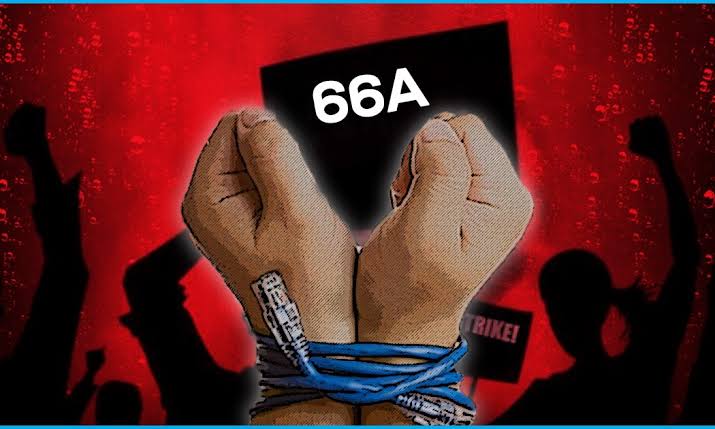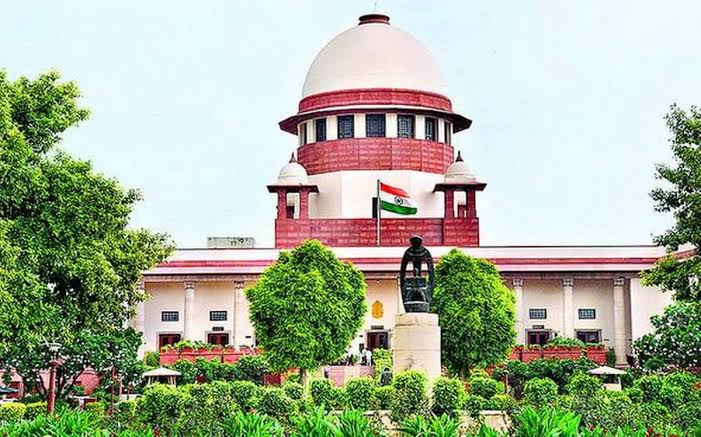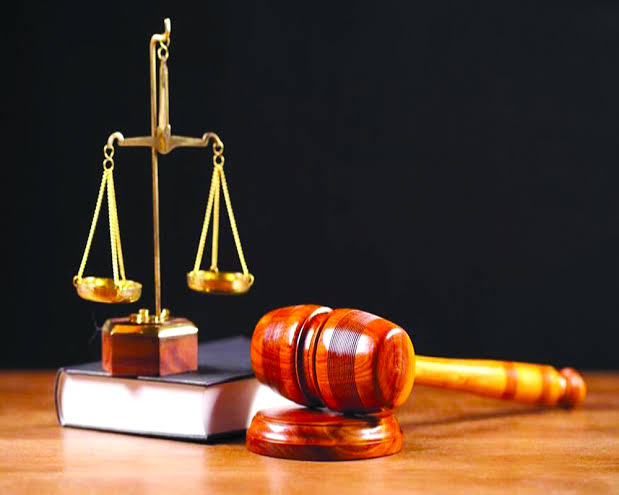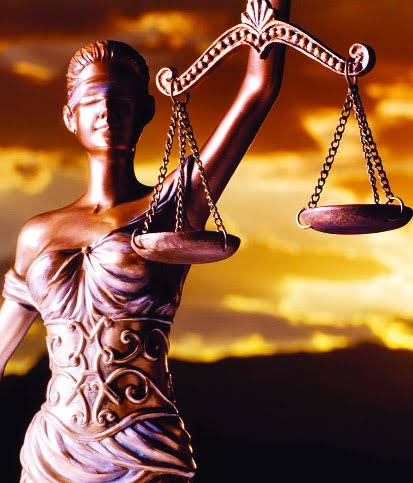Section 66 A and absurd communication ruleof judiciary

The Supreme Court in 2015 struck down section 66 A of the Information Technology Act 2000. Can a person be booked for a section of an act that was repealed by the highest judiciary? In theory? No. In practice? Maybe. India is a diverse country with different people, different religions, different cuisine and one of a kind incidents. But there have been instances where the law enforcement agencies for booking people for violating the same section of the act. The Supreme Court deemed it a shocking state of affairs and demanded an immediate response from the Centre.
It is like a person is being tried for a crime he did not commit. What’s more, the ‘crime’ is no longer a crime. This reminds me of the suspense thriller movie Kahani, the entire movie revolves around a person name Arnab Bagchi who Vidhya Balan seeks who is already dead. So is section 66A of the said act! But we still find cases revolving around it.

But why people are booked under section 66 A of the IT Act?
A decision that was given six years prior should have been implemented in every nook and corner of the country. It is the failure and incompetence of central and state government machinery that people are still harassed under section 66 A. How can a person be booked under the repealed section?
Zakir Ali Tyagi spent 42 days in jail after he was booked under section 66 A of the IT act in 2017. To save themselves from nationwide criticism the police shifted the allegations from section 66 A to section 66. It’s either ignorance of the law by the police, the police knowingly challenged the legitimacy of the Supreme Court or the police wanted to harass people and take bribes. Answers and opinions can always differ.
There is no working system to give effect to the judgement of the judiciary. There is no method of getting the word out of the closed doors of the judiciary to the ground reality and the lowest rungs of the criminal justice system. Delhi high court does not allow decisions of the Supreme Court to be conveyed to the lower courts under its jurisdiction. Shocking but true! There is no rule mandating the district judges to issue circulars or notices to bring new Supreme Court decisions in the light of officers.
Subordinate courts and their officers have to refer to periodicals and journals published by commercial houses. Commercial publishers like Universal, LEXIS-NEXIS sometimes reproduce texts of unconstitutional provisions with footnotes citing Supreme Court decisions. Now, whose fault is that? The government’s official gazette carries updates on new legislation and rules.
But it does not carry details of recent judicial decisions about the Constitution. Government advisories and notifications are issued to chief secretaries and director generals during the litigation. But no advisory is issued for the people who inform the secretaries and generals.
Since everyone is kept in the dark high officials sitting in their ivory towers can only express concern about such events. Instead of expressing concern, a system has to be devised which communicates decisions of the judiciary to the last person in the justice delivery chain.

The justice delivery system is plagued with a mass of pending cases (Tarik pe Tarik), the opaque appointment system, lack of trust etc. It is in a dire need of an upgrade which also solves the problem of poor communication across departments.
There is no mutual respect between the judiciary and the executive, since executives enjoy political influence the balance of power is tipped in their favour. This is why corrupt officers who are suspended are later quietly reinstated. Apart from the state machinery, it is also the ignorance of people that they are booked under a repealed act.
What is section 66 A of the IT Act?
It was introduced by the UPA government in 2008 which gave the government power to arrest and imprison an individual for offensive and menacing online posts. It gives power to policemen to arrest people according to their subjective discretion as to what is offensive and menacing and cause annoyance and inconvenience et cetera.
It allowed punishing people for sending messages via a computer or a communication device phone, tablet et cetera. After the person was convicted of the crime he would be sent for three years in jail. The act was arbitrary in nature because it depended upon the policeman to decide who annoyed and who didn’t. It’s written in the constitution that any arbitrary act must be deemed unconstitutional.
Why did section 66 A come under Supreme Court’s scrutiny?
Two girls from Thane were arrested by Maharashtra police in November 2012. They were arrested because they disapproved of the shutdown of Mumbai for the funeral of Shiv Sena supremo Bal Thackeray. Not only the girls were arrested without the presence of lady police they were arrested after six pm. Shiv Sena supporters destroyed property owned by the parents of those two girls. Petitions were filed by Shreya Singhal, Jadavpur professor Ambikesh Mahapatra, activist Aseem Trivedi, Air India employee Mayank Sharma and KV Rao.
Why did the Supreme Court declare as unconstitutional?
The act was initially aimed at restricting the misuse of information technology through social media. Section 66 A did not define what the word offensive, menacing or annoying means. It can have varied interpretations. A cartoon that is annoying for one person may be funny for another. Three are no set standards by which a post can be considered offensive or annoying. Section 66 A granted wide interpretation powers to the police and law enforcement agencies.
According to experts, it was used as a tool against free speech. A bench of Justices J Chamleshwar and R Nariman ruled the act as unconstitutional for violating Article 19(1)(a) and was not saved in article 19(2). Net cast by 66 a was so wide that any person can easily fall into its trap. Thereby it would deter free speech which is a fundamental right guaranteed by the Constitution. The bench also read section 79 about the liability of the intermediary.
Section 79 states that an intermediary is not liable for the content which is posted, hosted and circulated by a third party on its platform. The intermediary liability has turned Centre and microblogging platform Twitter against each other. After Twitter failed to comply with the norms of the new IT intermediary act the government removed its safe harbour status.




